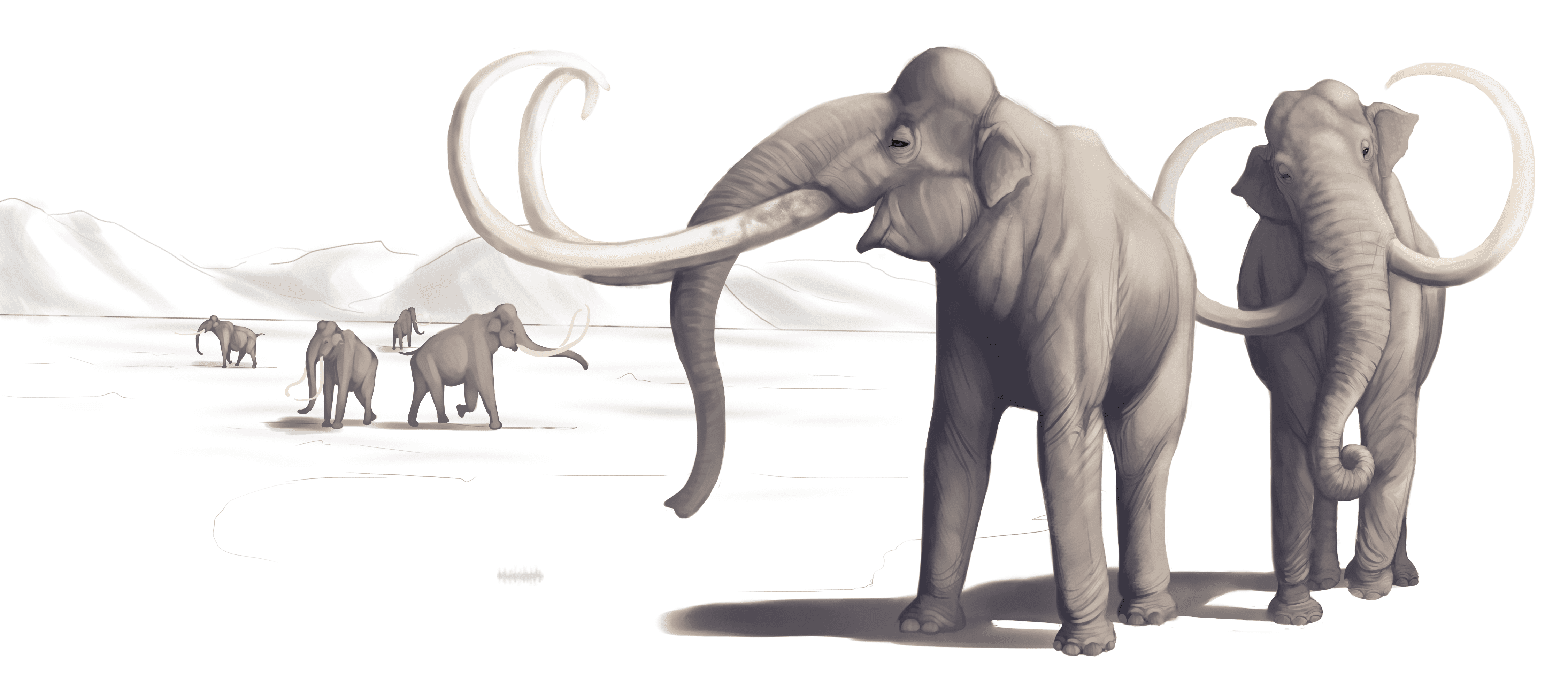A bunch of mammoth tusks and stone tools has recently been pored over by archaeologists in Mexico, uncovering some of the earliest known evidence of violent interactions between Ice Age people and megafauna in the Basin of Mexico.
Thanks to a new analysis by Mexico’s National Institute of Anthropology and History (INAH), it’s been revealed that this collection of objects was most likely part of a seasonal hunter-gatherer camp on the shores of Lake Texcoco some 9,000 years ago.
Lake Texcoco was a natural lake in the Basin of Mexico that could be found near the ancient capital of the Aztec empire, Tenochtitlan. The body of the water has since disappeared and the lake basin is now almost totally occupied by Mexico City.
The relics discovered here were first recovered during the early 1950s, when INAH researchers stumbled upon two sets of Columbian mammoth remains just 250 meters (820 feet) from one another. Along with the pair of mammoths, they also found at least three stone tools that showed signs of use.
A number of investigations have studied the objects over the past few decades, but 2022 saw researchers take the deepest looking yet using a variety of new techniques.
Wooly mammoths stuck to the northernmost latitudes of Earth, but the Columbian mammoth (Mammuthus columbi) trampled as far south of modern-day Mexico. Previous genetic studies have shown that the Columbian mammoth was a hybrid species between woolly mammoths and another lineage descended from steppe mammoths. The species were armed with distinctive long, curly tusks and were slightly larger than their wooly cousins.
An artist’s impression of Columbian mammoths (Mammuthus columbi). Image credit: Benji Paysnoe/NPS/Public Domain
As this new analysis shows, it’s also clear these vast beasts were falling prey to humans in this part of the world as far back as 9,000 years ago.
“The survey indicates that it is a seasonal hunter-gatherer camp, which would make [this] the first material evidence of the existence of this type of site on the shores of Lake Texcoco, around 9,000 years ago,” Patricia Pérez Martínez, coordinator of the project from the National School of Anthropology and History, said in a statement.
This site is particularly unusual, the researchers explain, as camps like this are typically found in caves and rock shelters in the mountainous regions of northern Mexico, not in the open-air lower lands.
Mammoth steaks were the only thing on the menu for these Ice Age people, it seems. The study also showed evidence of fish bones that displayed signs of charring. It looks like the Ice Age mammoth hunters were also partial to catching fish in the lake and cooking them over an open flame.
With this evidence of both mammoth hunting and lake fishing, it suggests this prehistoric clearly knew how to take advantage of their environment.
“Today we have new techniques and technologies that will allow us to reevaluate the site, not only the finding at a cultural level with human interaction, but also to make a reconstruction of the landscape to define how it has changed and to understand if the first settlers took advantage of the megafauna and also subsisted on the resources of the lake,” added Martínez.
Source Link: Ice Age Hunting Camp Is Early Evidence Of Mammoth Slaying In Mexico
